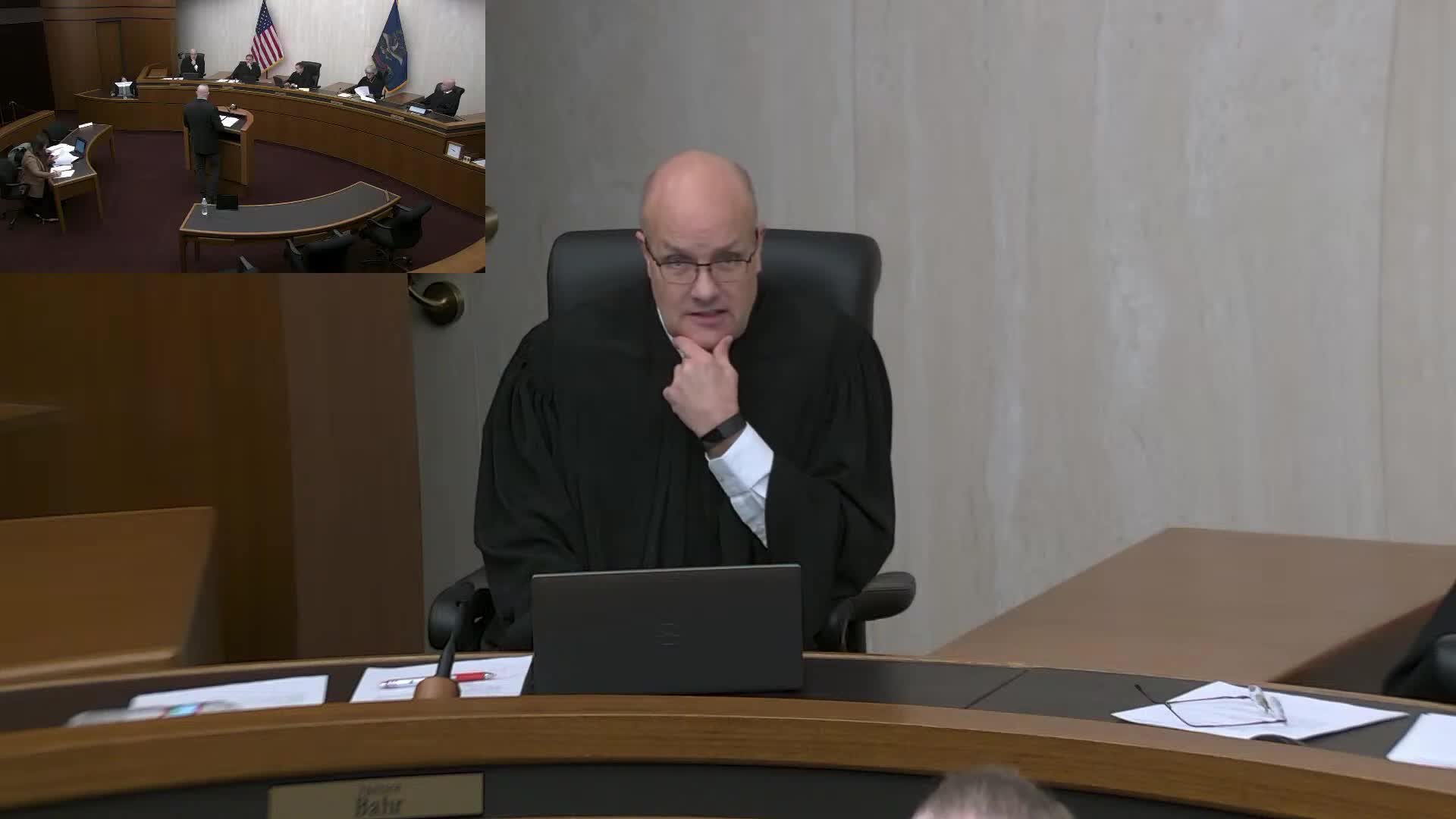Court hears appeal in Marco Ruet child abuse conviction case
January 11, 2025 | Supreme Court , State Agencies, Organizations, Executive, North Dakota
This article was created by AI summarizing key points discussed. AI makes mistakes, so for full details and context, please refer to the video of the full meeting. Please report any errors so we can fix them. Report an error »

The North Dakota Supreme Court convened on January 10, 2025, to hear the appeal of Marco Ruot, who was convicted of child abuse. A significant focus of the proceedings was the handling of hearsay evidence during the trial, particularly concerning the objections raised by Ruot's defense counsel.
During the discussions, justices examined whether the defense had effectively preserved its arguments regarding the hearsay evidence. The court noted that there was no request for a curative instruction, which typically serves to mitigate the impact of potentially prejudicial testimony. This absence raised questions about whether the defense had waived its right to contest the evidence on appeal.
Justice Barr highlighted that the objection to the hearsay was sustained, yet the defense did not pursue a motion to strike the testimony from the record. This led to a debate on whether a clear procedural requirement exists mandating that a curative instruction must be requested to preserve an argument for appeal. The justices acknowledged the complexity of trial strategy, suggesting that the defense may have opted not to request a curative instruction to avoid drawing further attention to the prejudicial testimony.
The court also discussed the distinction between the grounds for the motion in limine, which addresses the admissibility of evidence before trial, and the objections raised during the trial itself. The justices emphasized the importance of preserving objections to ensure that the appellate court can review the trial court's decisions effectively.
As the proceedings continued, the implications of these discussions became clear: the outcome of Ruot's appeal may hinge on the court's interpretation of procedural requirements related to hearsay objections and the strategic choices made by the defense during the trial. The justices are expected to deliberate on these matters before issuing a ruling that could have significant consequences for Ruot and the broader legal landscape regarding evidentiary standards in North Dakota.
During the discussions, justices examined whether the defense had effectively preserved its arguments regarding the hearsay evidence. The court noted that there was no request for a curative instruction, which typically serves to mitigate the impact of potentially prejudicial testimony. This absence raised questions about whether the defense had waived its right to contest the evidence on appeal.
Justice Barr highlighted that the objection to the hearsay was sustained, yet the defense did not pursue a motion to strike the testimony from the record. This led to a debate on whether a clear procedural requirement exists mandating that a curative instruction must be requested to preserve an argument for appeal. The justices acknowledged the complexity of trial strategy, suggesting that the defense may have opted not to request a curative instruction to avoid drawing further attention to the prejudicial testimony.
The court also discussed the distinction between the grounds for the motion in limine, which addresses the admissibility of evidence before trial, and the objections raised during the trial itself. The justices emphasized the importance of preserving objections to ensure that the appellate court can review the trial court's decisions effectively.
As the proceedings continued, the implications of these discussions became clear: the outcome of Ruot's appeal may hinge on the court's interpretation of procedural requirements related to hearsay objections and the strategic choices made by the defense during the trial. The justices are expected to deliberate on these matters before issuing a ruling that could have significant consequences for Ruot and the broader legal landscape regarding evidentiary standards in North Dakota.
View full meeting
This article is based on a recent meeting—watch the full video and explore the complete transcript for deeper insights into the discussion.
View full meeting
